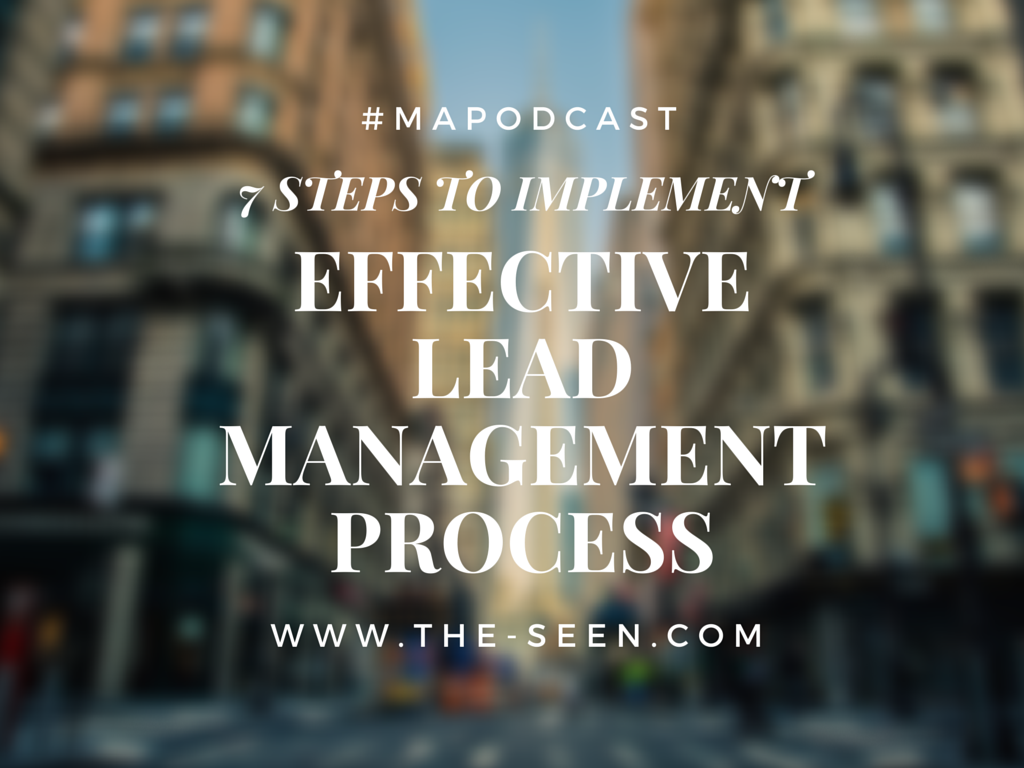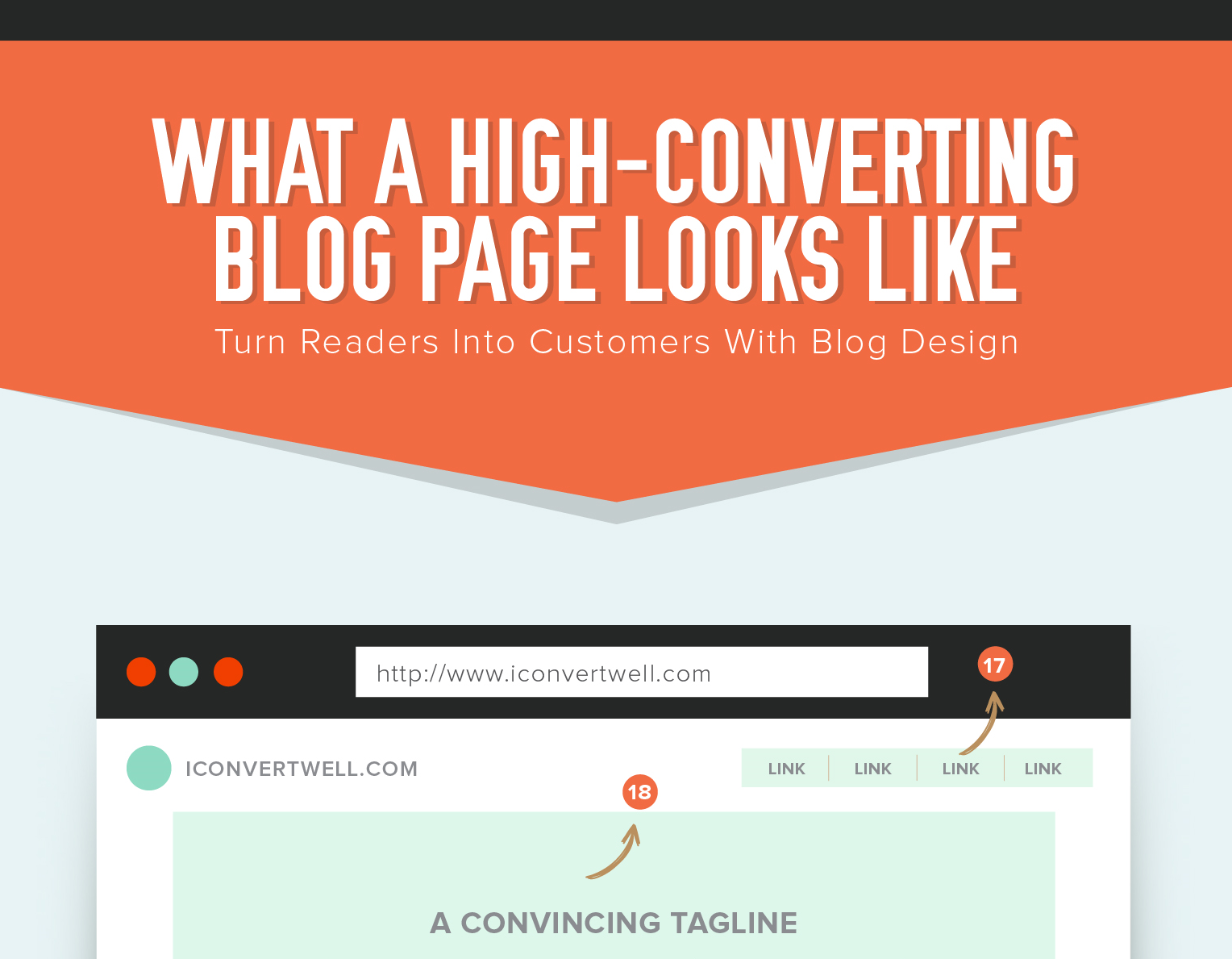About this podcast series
The Marketing Automation 101 Podcast from THE SEEN discusses about the inside out of marketing automation, visual communications and how they can help small to medium businesses succeed through proven methods, best practices and expert advice.
You can subscribe to this podcast series via iTunes, RSS, SoundCloud and Stitcher.
Here are the main ideas
All leads are not created equal.
A 2013 study proved that generating leads is the number one challenge for B2B marketers.
Lead management can set you apart from the competition.
Start with the right technology.
Have a clear definition for each stage of the funnel.
45% of sales leads will buy from someone.
Lead management is not easy and every company needs to define a lead management process that will get the sales department the leads they want and need to market on.
Lead management connects the gap between the sales and marketing.
Lead management identifies potential buyers (your leads), educates them, engages them, and passes them to sales when they are qualified.
It can sometimes be hard to come up with a process that will make everyone happy; however, you just need to focus on one thing: converting qualified leads into paying customers.
Below are 7 steps to implement an effective lead management process.
Understand the mindset of your sales force.
Work closely with the sales department. Recognize the blockers that keep your sales team from following up on sales leads and develop something to help them. Get them updated with the status of leads.
Your sales and marketing departments should unify. Distribute marketing-qualified leads to your sales force or channel partners. Provide all the information you can to the sales force.
Know who you are selling to.
Know the length of the sales cycle.
Set up a profile that the marketing and sales departments can reference.
Map the sales cycle of your best customers.
Know your buyer profile. Document the process you are using and make recommendations.
Use reporting functionalities to track and measure your lead management.
Capture lead data consistently and promptly.
Identify key information needed. Manage the sales pipeline through reports and metrics and track your progress.
Use real-time intelligence. Track your buyers’ journey so you can adjust your relationship with them.
Create forms and landing pages to collect lead information. Have your team agree on what information is the most important and include these fields on your forms but keep in mind that the longer your form is, the lower your conversation rates will be.
Know the difference between interest and intent.
Your sales and marketing team should know the difference between these. If someone is just checking out your site, they are showing an interest but if they are signing up for product demonstrations or viewing pricing information, they are showing you they are intent. These, of course, are your hottest leads.
Identify marketing-qualified leads.
Just because someone is a “qualified lead” doesn't mean they are ready to buy or even talk to a salesperson.
According to Gleanster Research, that applied to 50% of your qualified leads and can actually be as high as 80%.
Prevent the process from rotting over time. They just may not be sales ready yet. Score and grade your leads and collect the correct information you need from them. Use marketing analytic to track how people are coming to your website and where they are clicking.
Fulfill leads appropriately.
Respond to a prospect quickly. Provide more detailed information on products and services and include product information, data sheets, and links to demos. Establish credibility and identify specific individual or organizational responsibility for sales to follow up.
Know when someone isn't quite ready for buying. Don't give up on them. Place them on a lead nurturing track to keep your company in their minds. Customize the information being sent.
Know when to nurture.
Nurturing non-marketing-qualified leads for future benefits is good. Create lead nurturing and re-market campaigns.
Develop content to support nurturing leads and have this information in a store that you can access when you need to pull from it.
Lead scoring will identify when they are ready to buy. With scoring and grading rules, you will be able to make certain that leads are being passed from the marketing department to sales.
Dig deep to try to understand who your ideal customer is. In some experiences, between 50% and 90% of all Inbound Marketing leads will never become qualified customers. Of course, this is also determined by your industry and your marketing approach.
Image Business Development typically runs between a 12% and 16% quality lead rate which means as many as 88% of leads are low quality and never enter any nurturing or pipeline process. Only a small percentage of companies should actually be doing lead scoring. Most should be doing triage (this is assigning a degree of urgency to each lead).
Listen to this podcast now!
Ways to subscribe to Marketing Automation 101 Podcast:
- Click here to subscribe via iTunes
- Click here to subscribe via RSS
- Click here to subscribe via SoundCloud
- Click here to subscribe via Stitcher
Related Posts
Every brand has its own story that is waiting to be told. Storytelling technique combined with creative design is what you need to effectively tell this story.
It’s what we do at Visual Contenting.
We specialize ourselves in helping people and brands visually tell their stories to the right target audience, with the right messages and at the right time.
It’s time to TELL YOUR STORIES WITH PICTURES!!!






[…] 7 Steps to Implement an Effective Lead Management Process […]